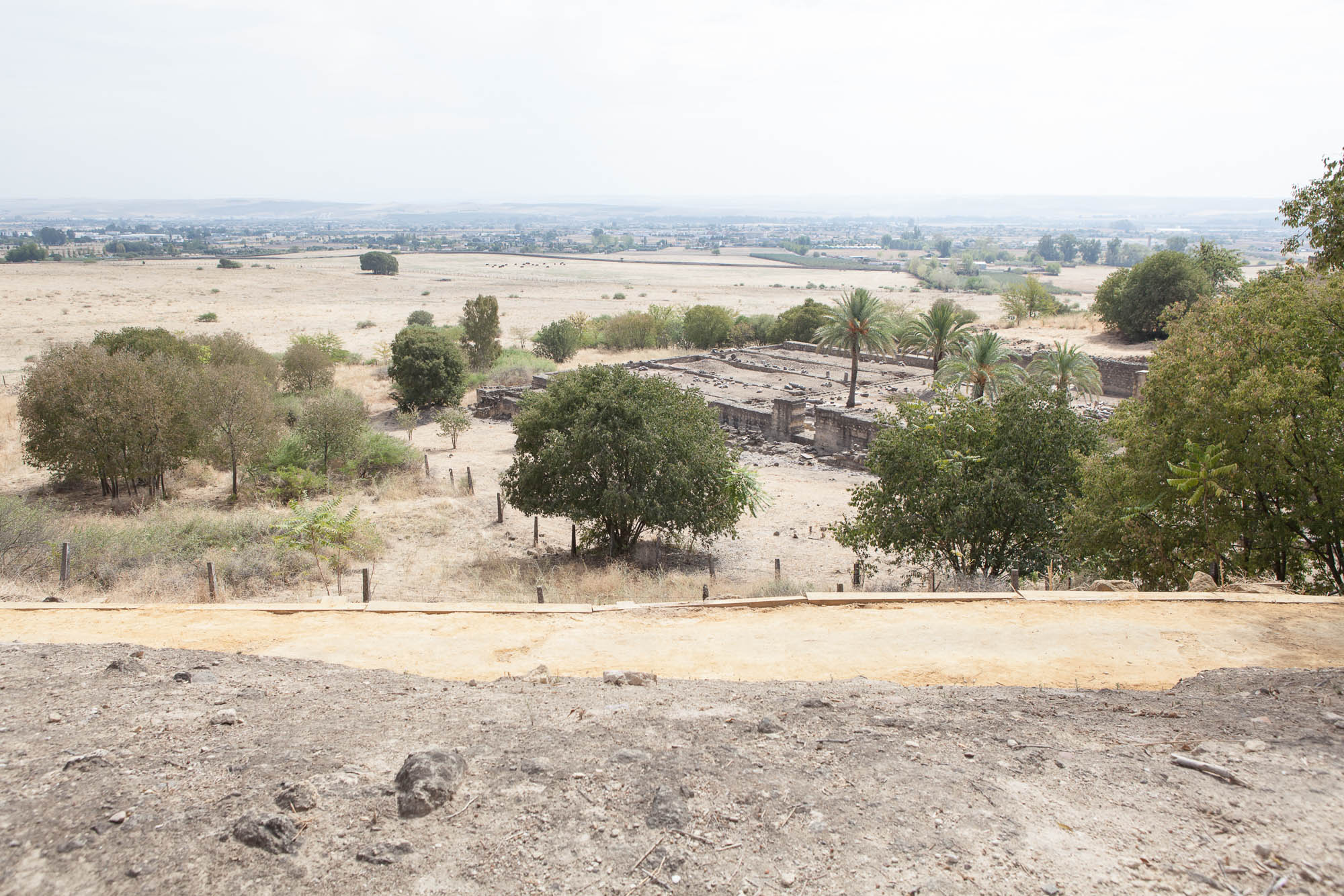
Siempre que escucho la palabra “Brillante”, en cualquiera de sus contextos (una idea brillante, un tipo brillante…) me viene inexplicablemente a la cabeza ese bocadillo de calamares en Madrid-Atocha a media mañana…
Por suerte, mi hambre de conocimientos hay veces que supera el apetito insaciable de medio día.
Fue en una visita al Conjunto Arqueológico de Medina Azahara, cuando el concepto de la palabra “Brillante” adquirió un nuevo significado.
Según cuenta la leyenda, el nombre de la ciudad “Azahara”, es en honor a la mujer favorita del califa Abderramán III, pues era tal el amor que sentía por ella, que llegó a sembrar de almendros la falda de la montaña donde se asientan los palacios, para que al florecer y teñir el campo de blanco, su amada no tuviera nostalgia de las nieves de Sierra Nevada.
También nos contó la guía, que el antiguo nombre árabe de “Madinat al-Zahra” (la ciudad brillante” o “la ciudad resplandeciente”) era símbolo del poder que el nuevo califa quería demostrar a sus rivales y enemigos.
Mármol blanco portugués de Estremoz en cada rincón, la ciudad extramuros encalada en blanco nuclear, los almendros blancos, los capiteles blancos, los muros estucados en color blanco, blanco, blanco, blanco,…
Esta obsesión por la luz, el color blanco, puro, roto, la resplandeciente, la deslumbrante, la brillante… me hizo plantearme este proyecto fotográfico como una búsqueda progresiva hacia la luz, partiendo de imágenes / paisajes con exposiciones lumínicas estándares o correctas hasta llegar a sobreexposiciones extremas donde el fin no es otro que una luz cegadora que todo lo inunda y que a su vez hace desaparecer cualquier rastro de la imagen.
Si nuestro querido Abderramán III, pudiera viajar en el tiempo y volver a pasear por su querida ciudad, me le imagino recorriendo los jardines y palacios, escuchando en su smartphone darbukas y crótalos mezclados con sintetizadores, y por supuesto, luciendo en su altivo rostro y a modo de protección de sus ya desgastadas retinas, unas gafas de sol polarizadas a la última moda.
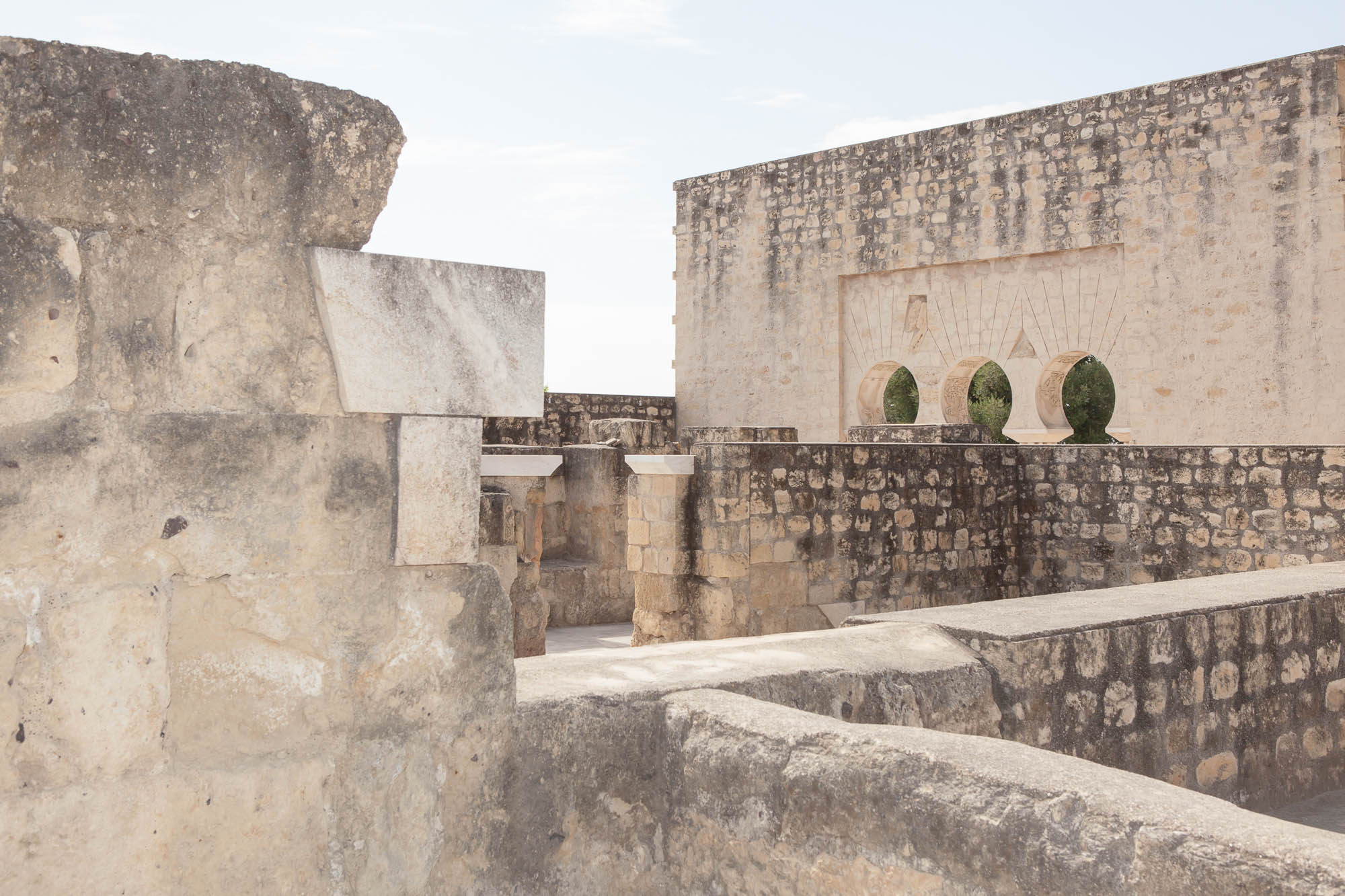
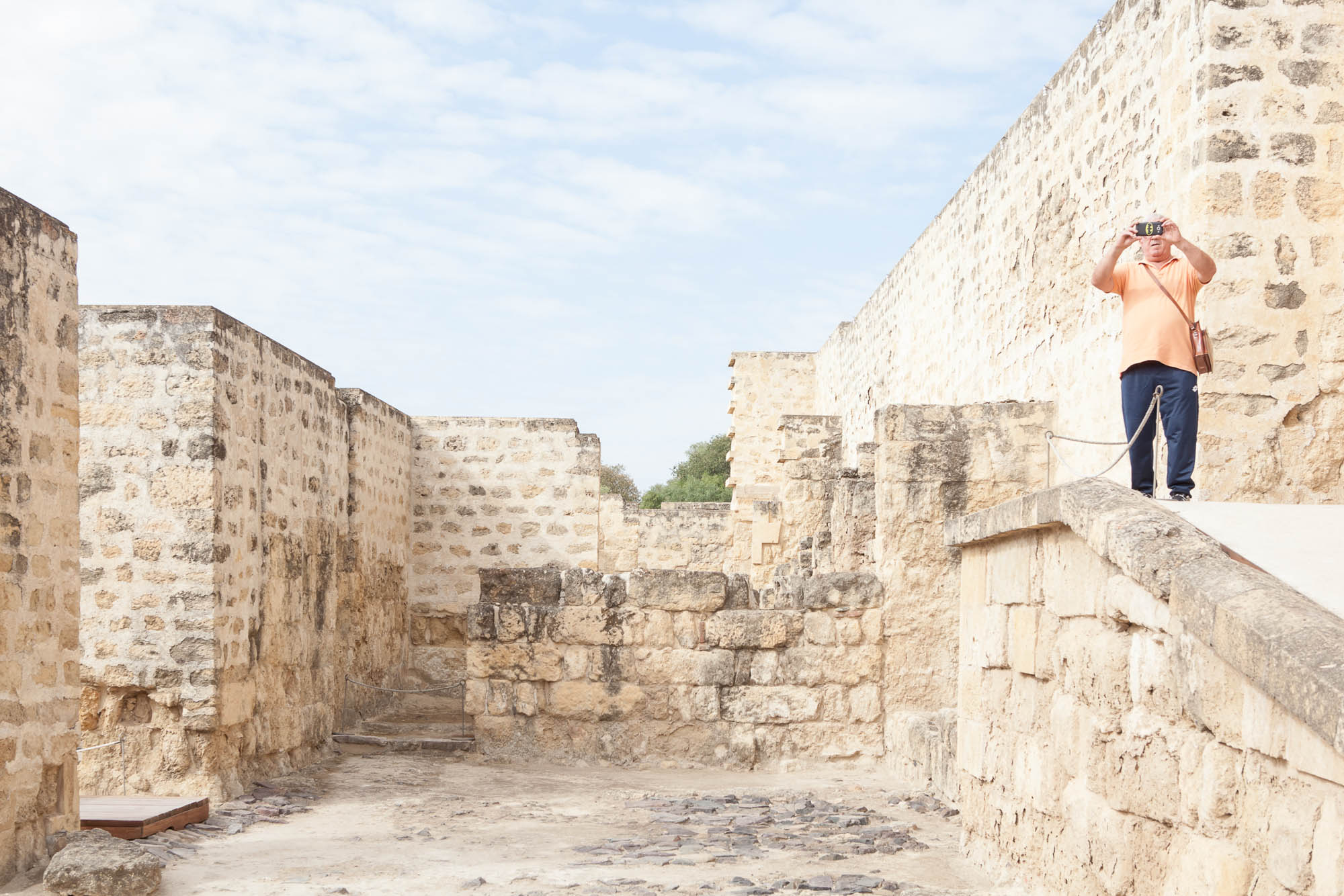
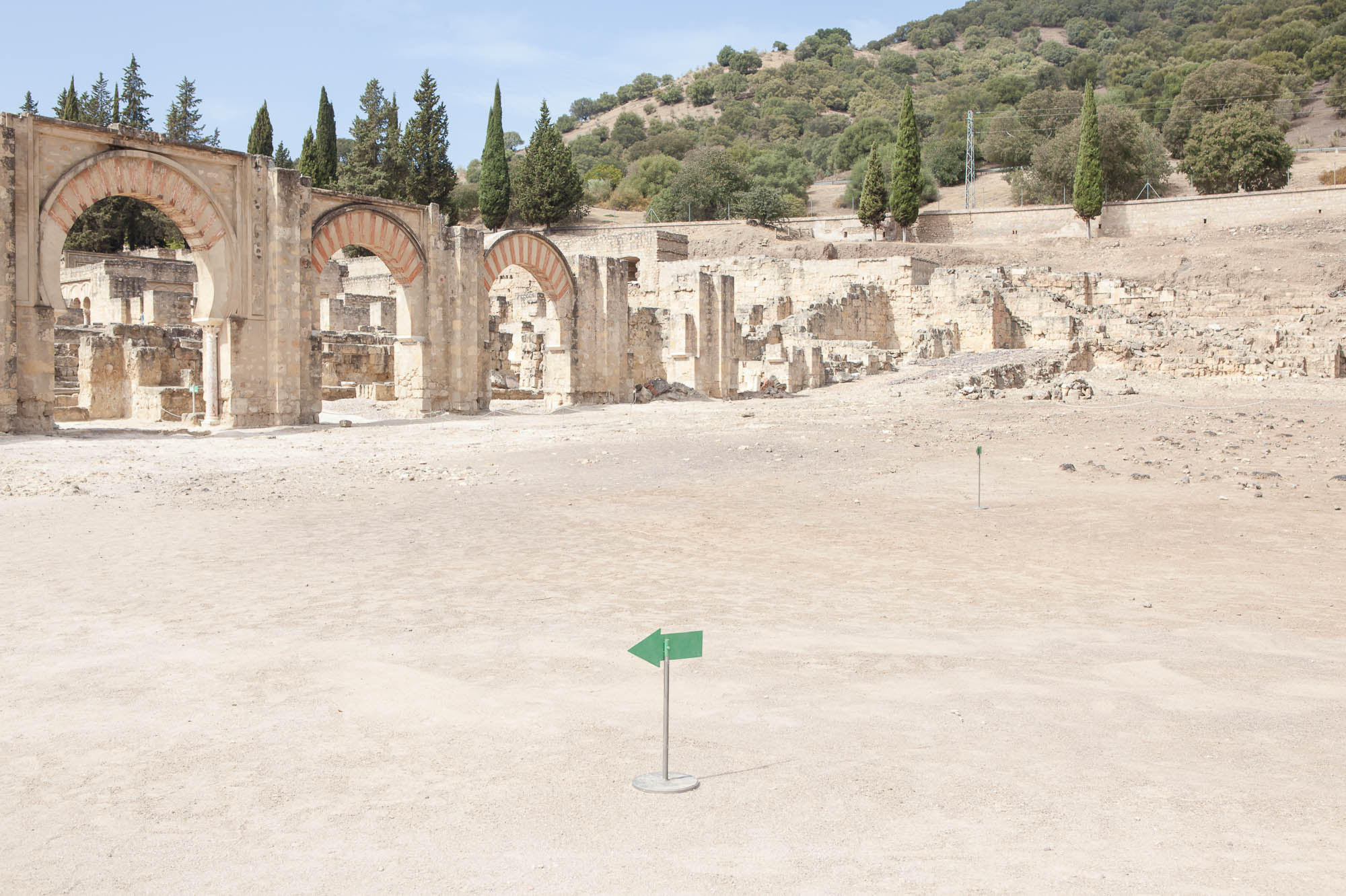
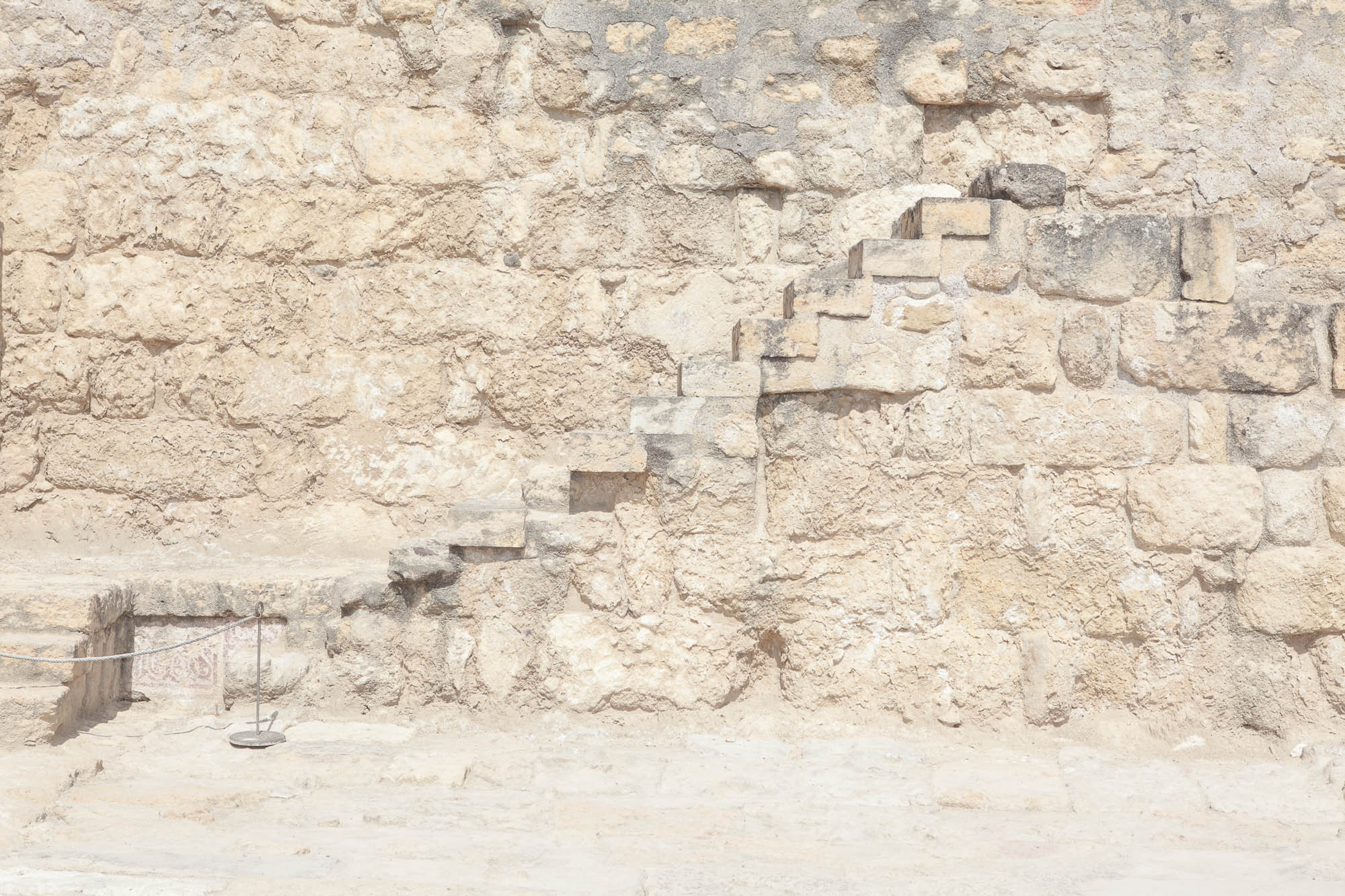
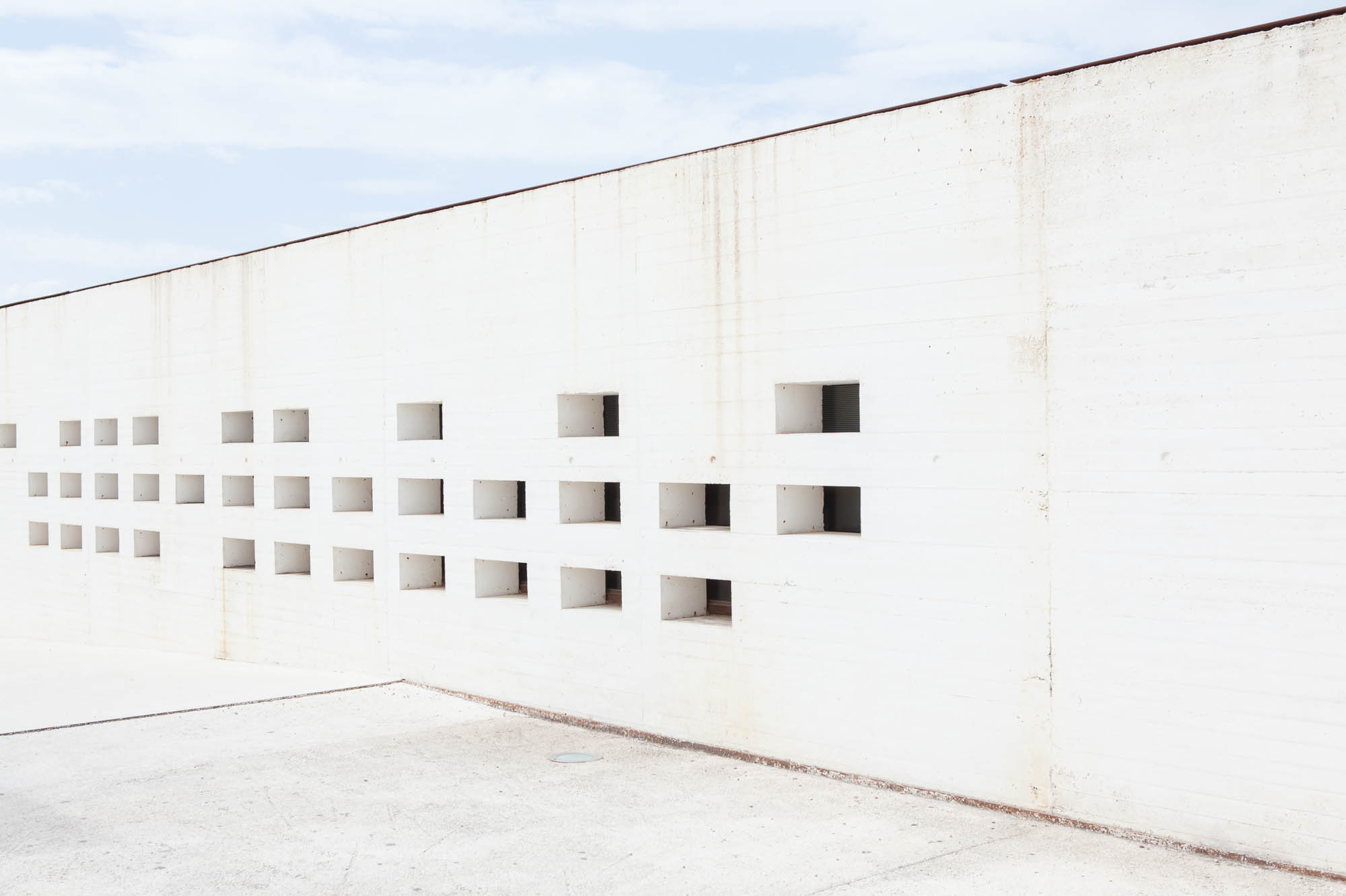
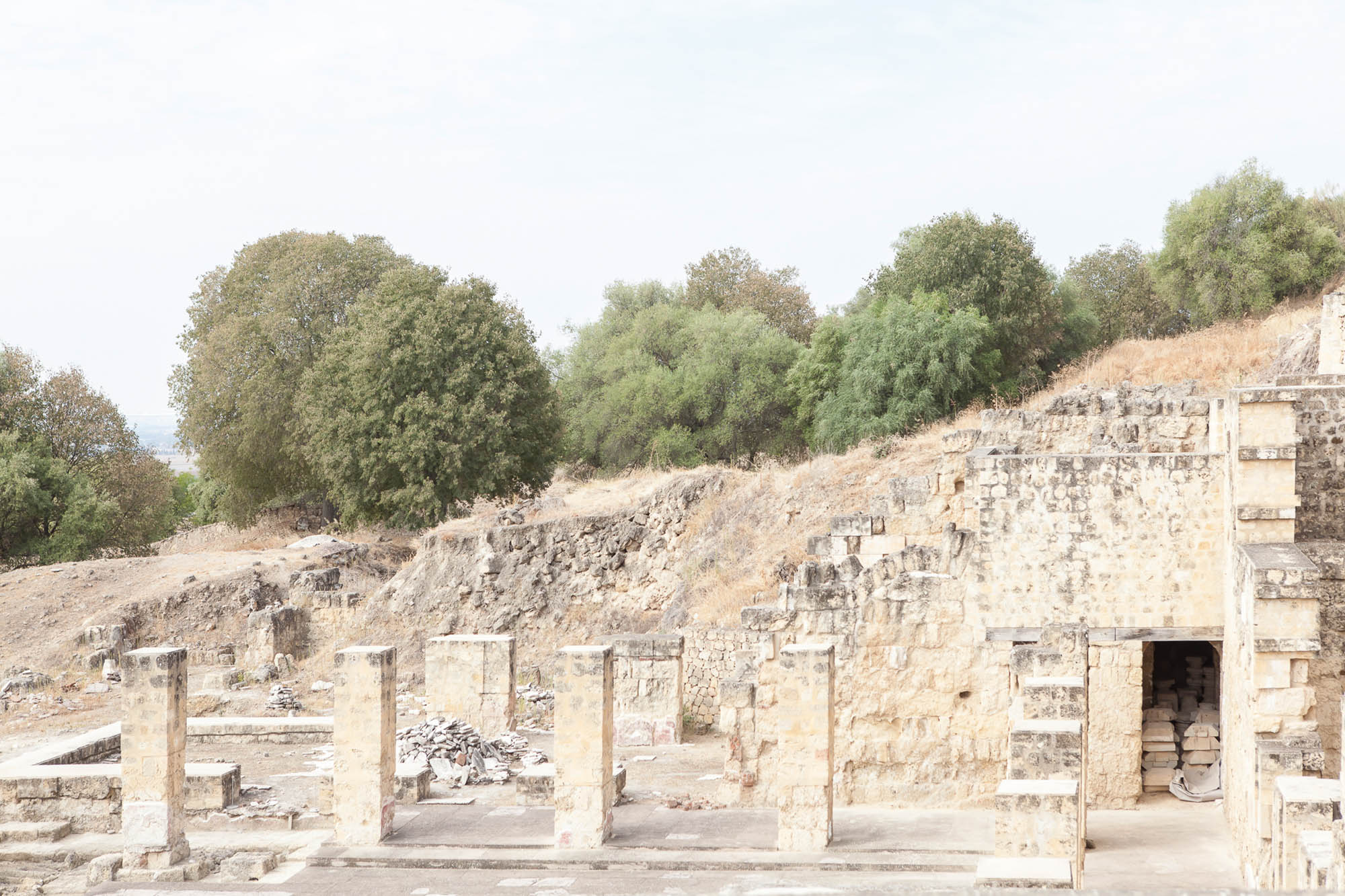
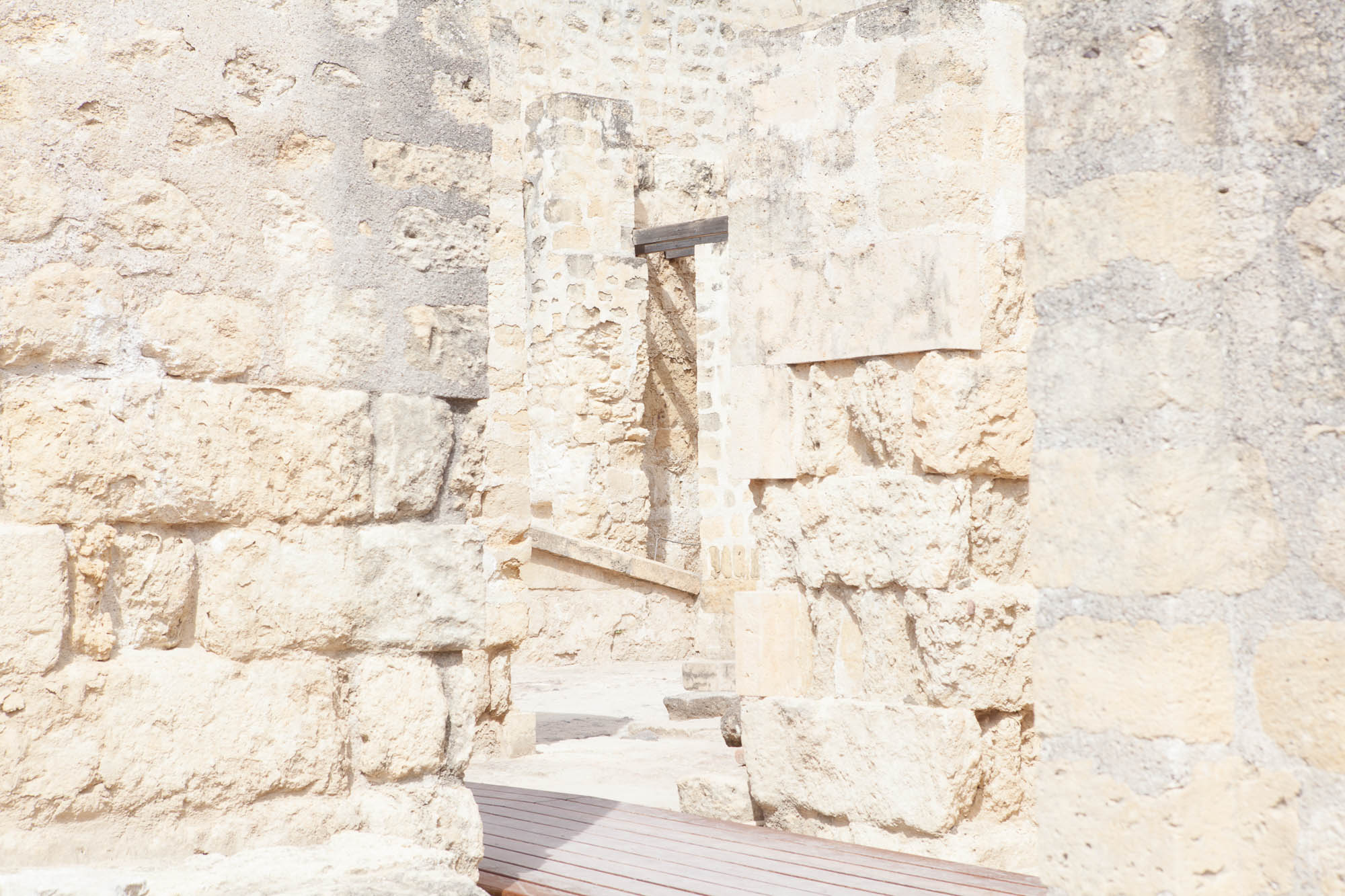
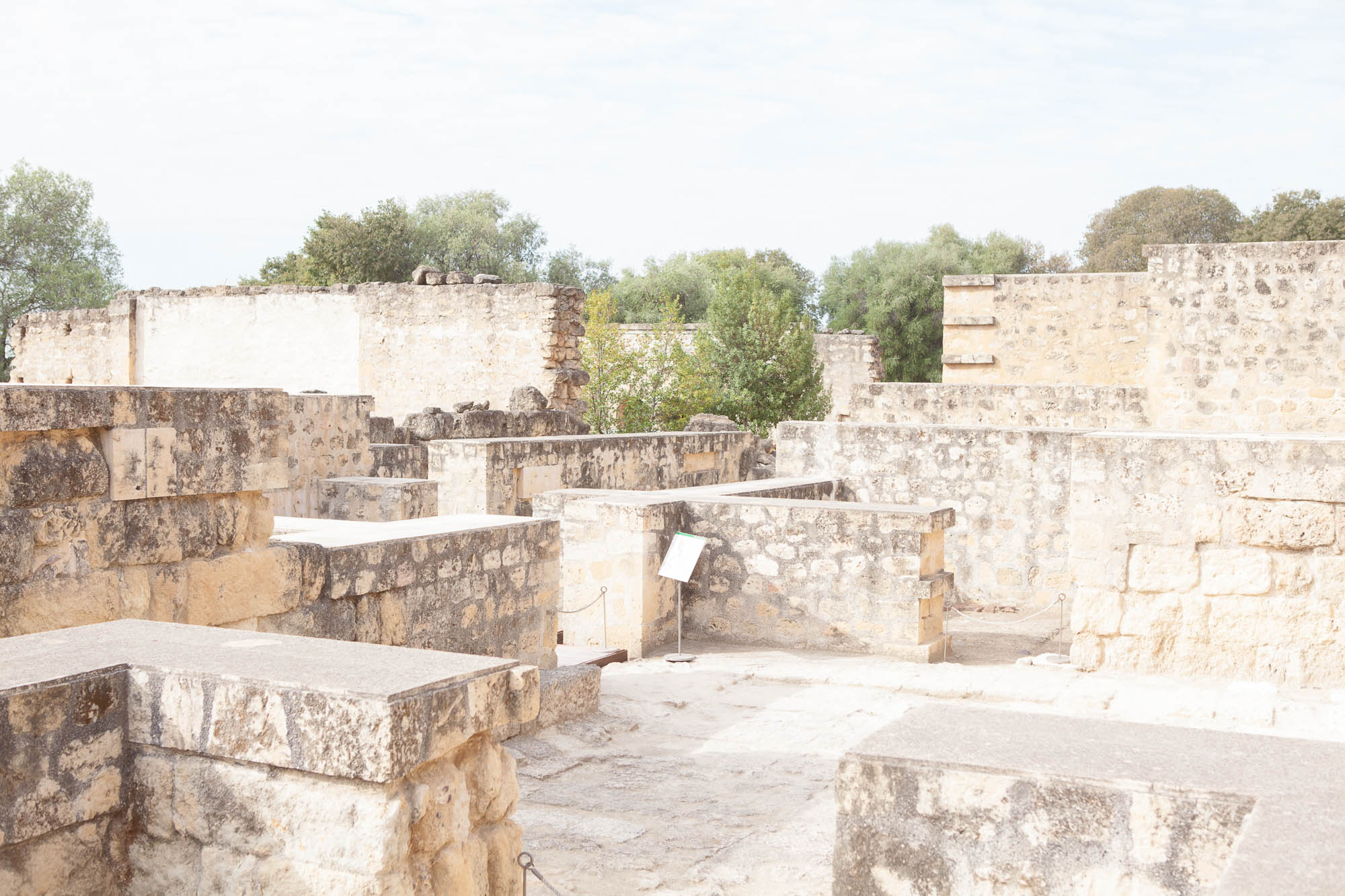
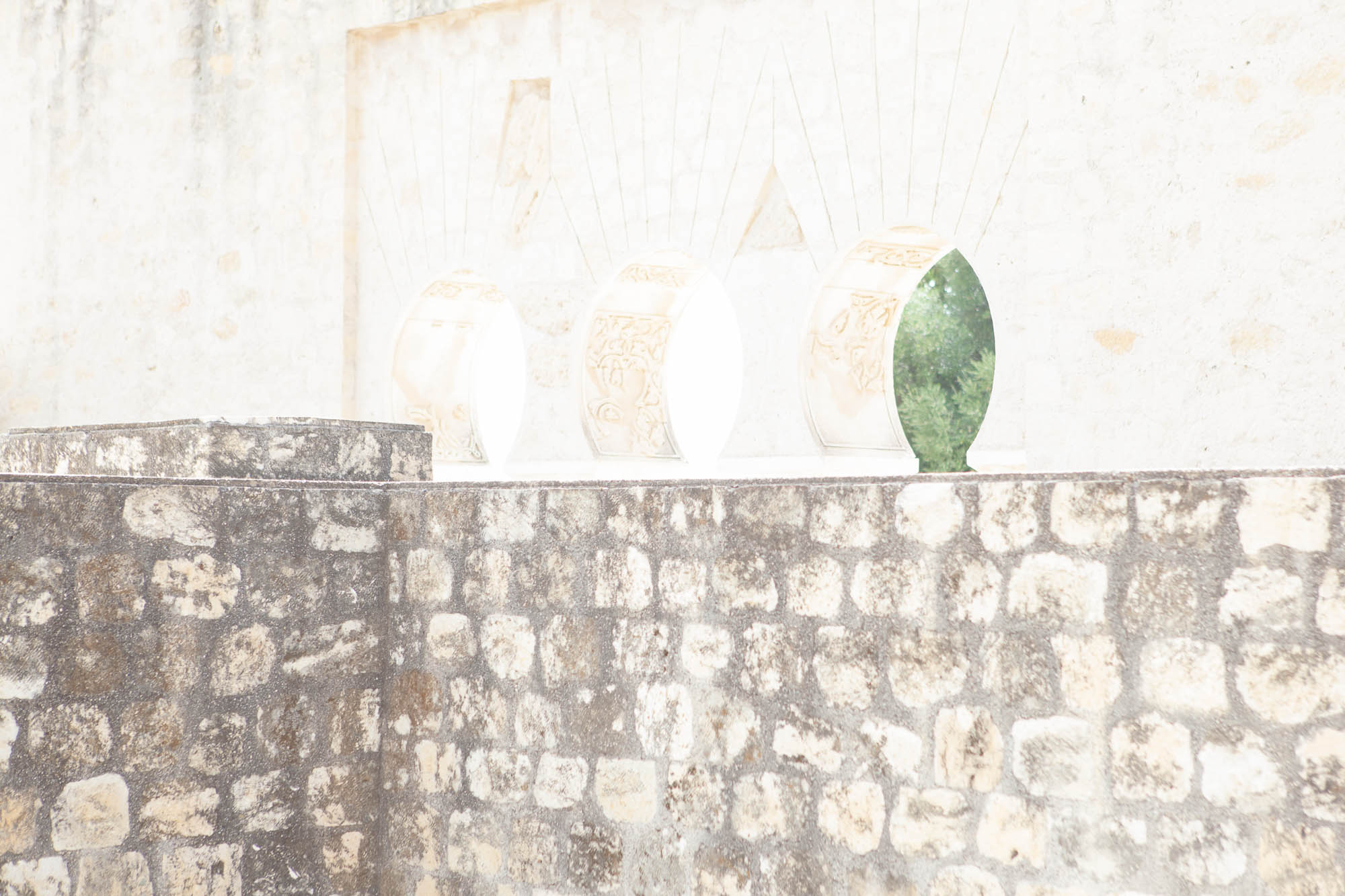
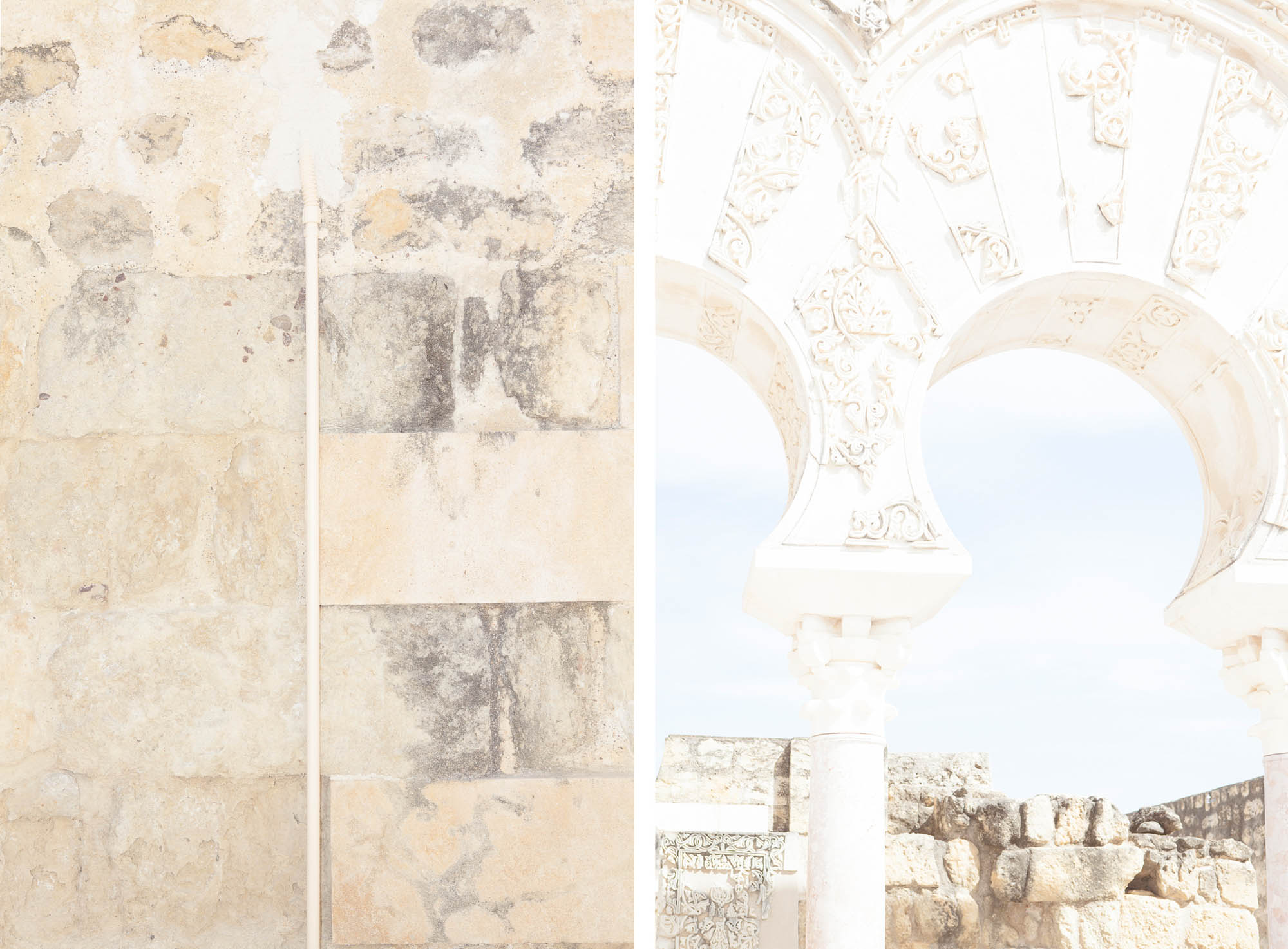
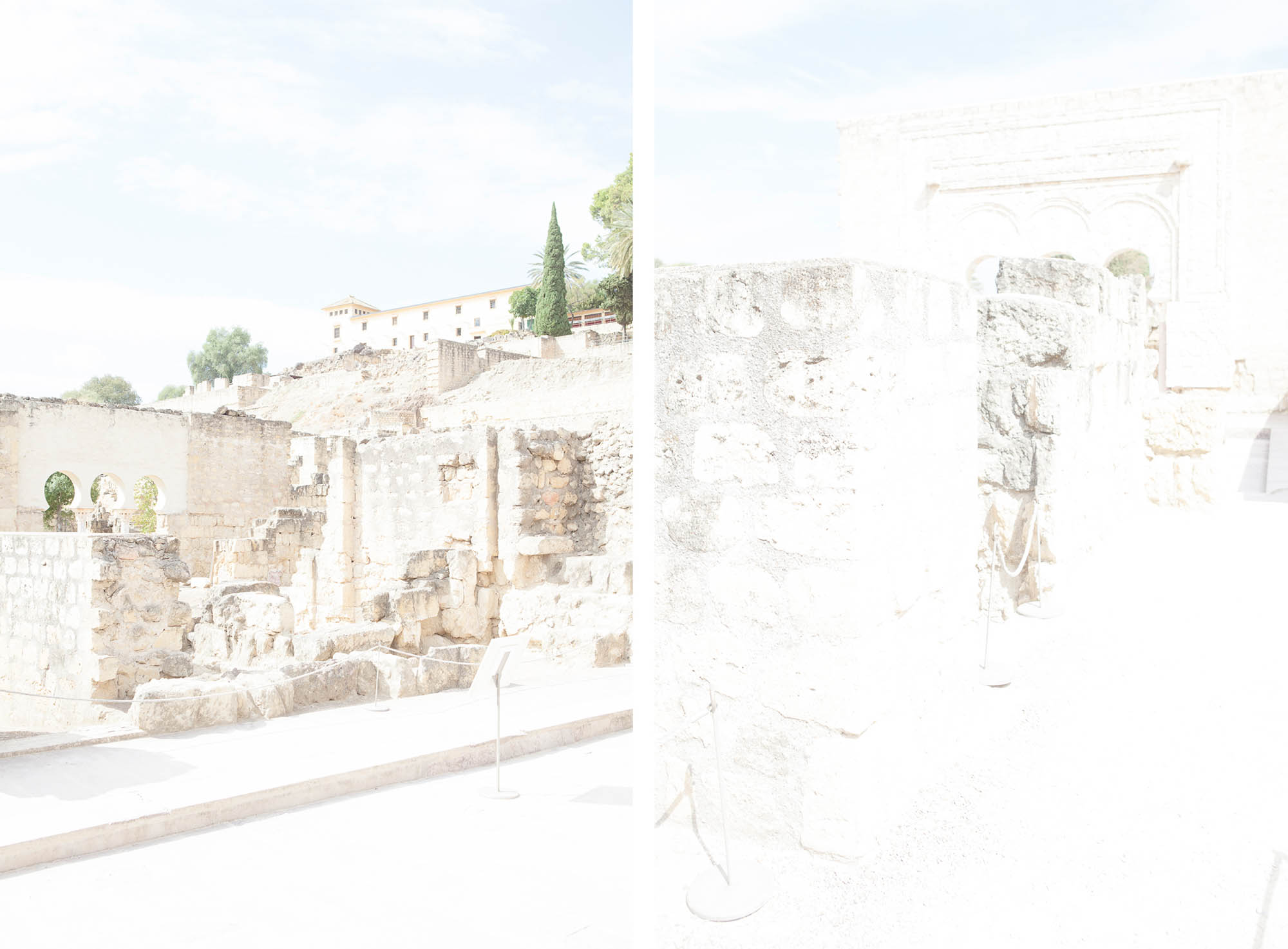
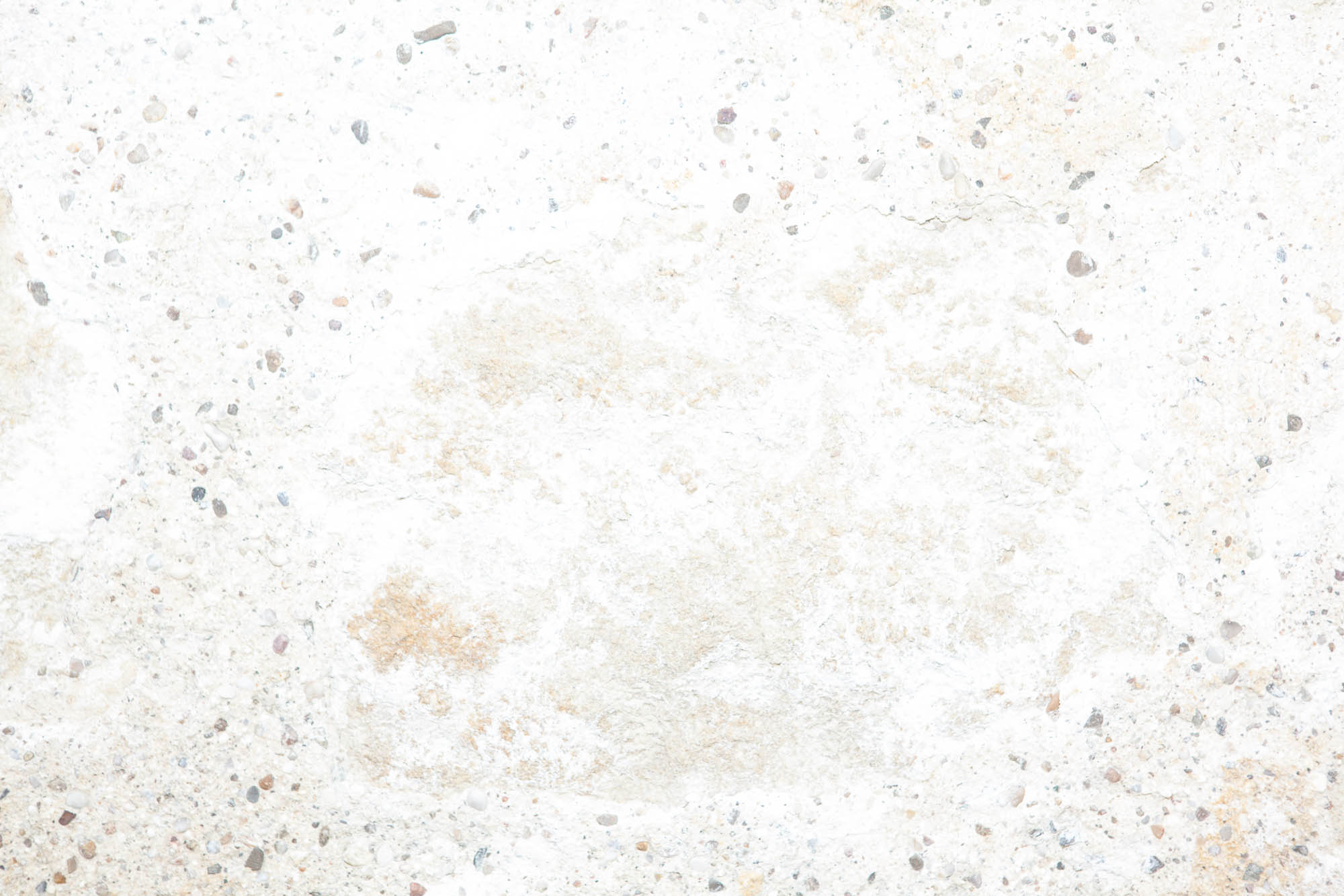
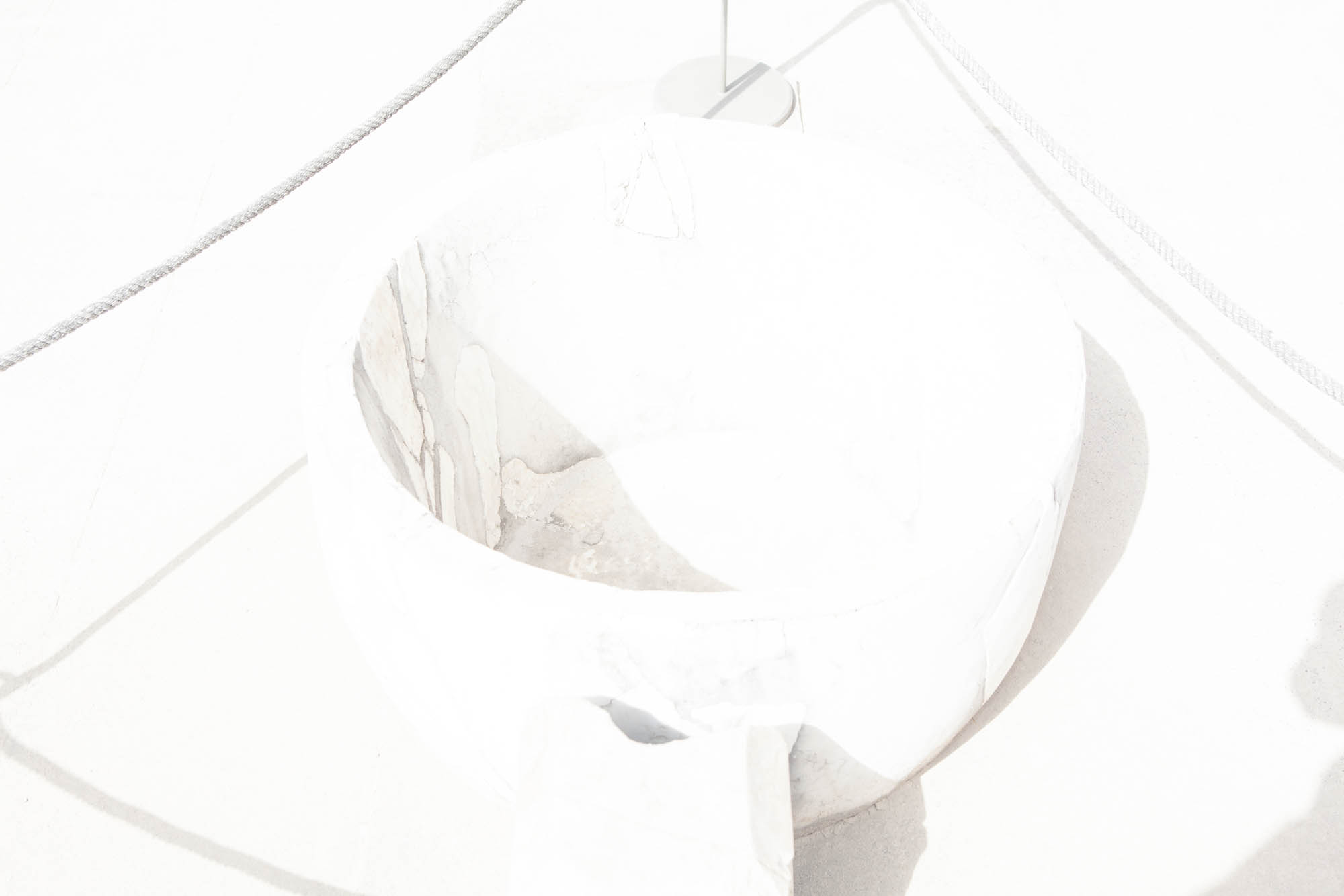

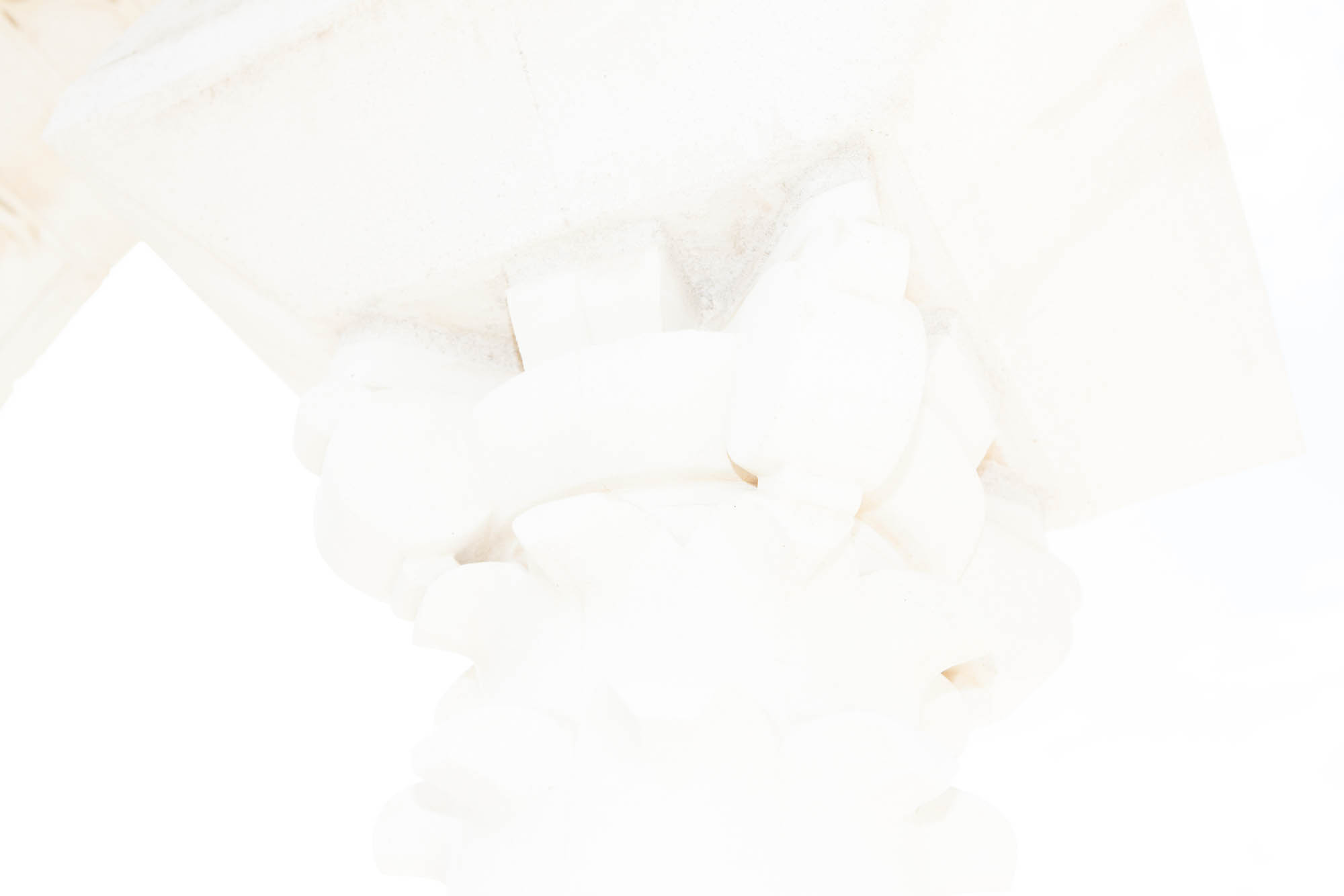



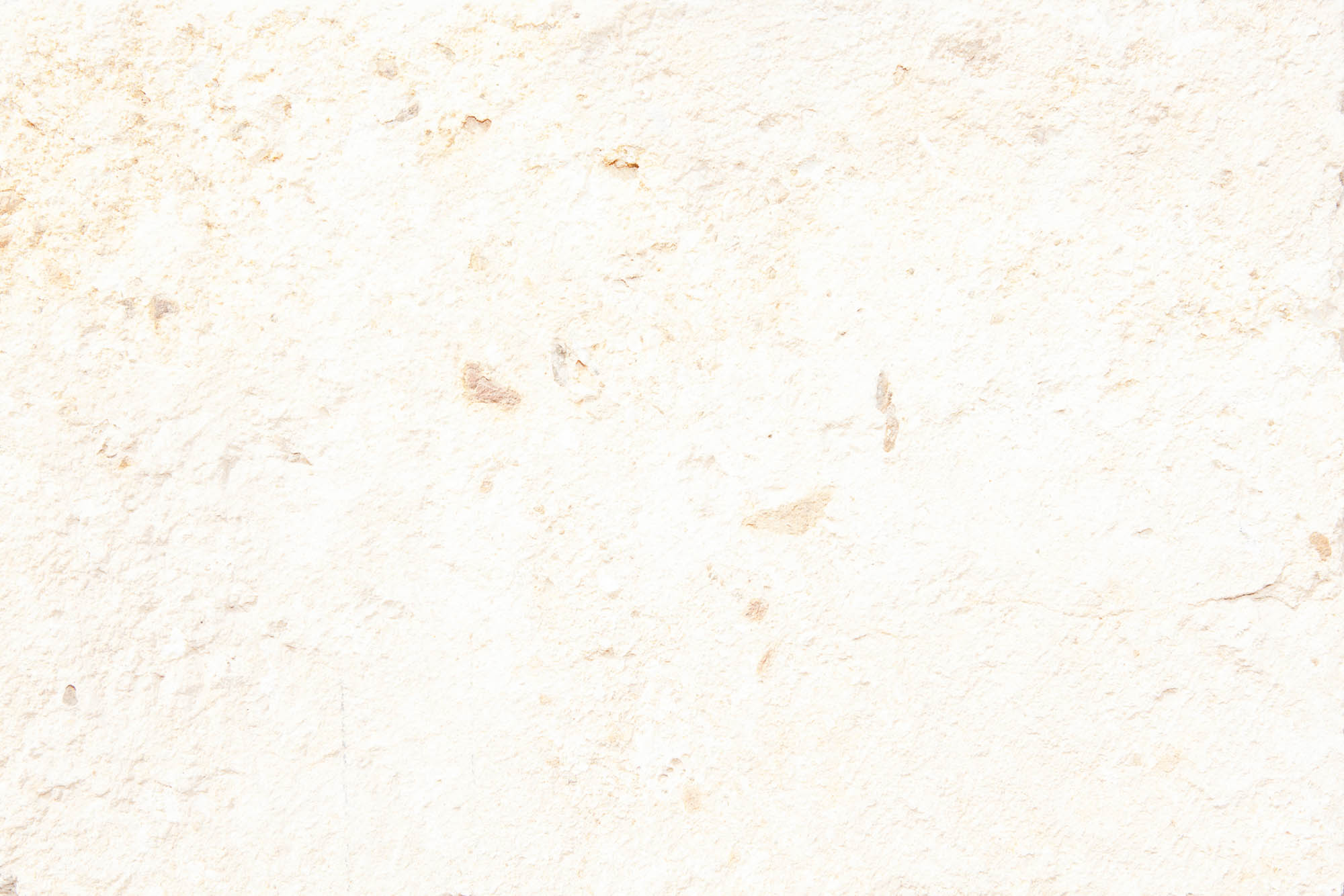
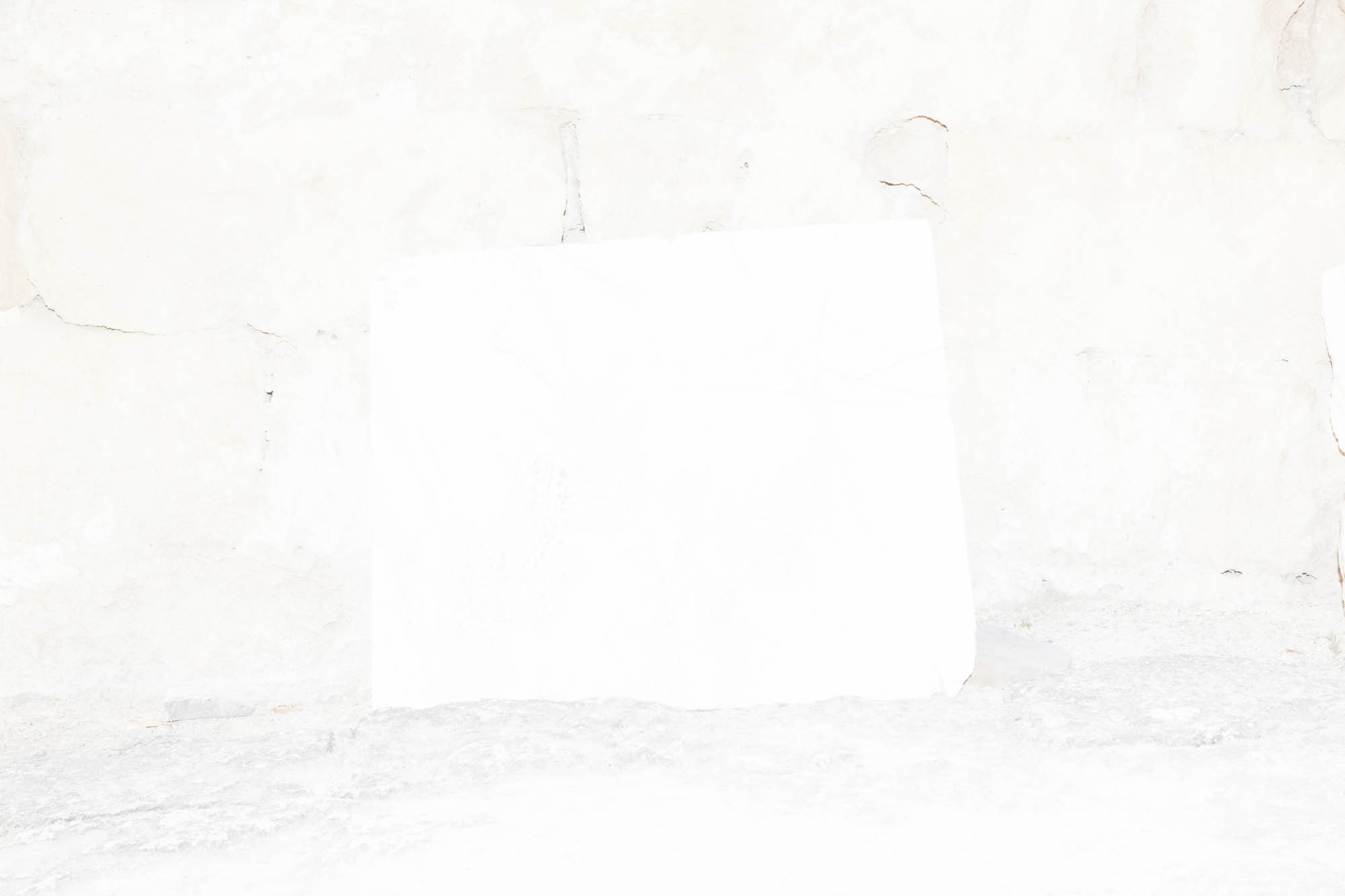
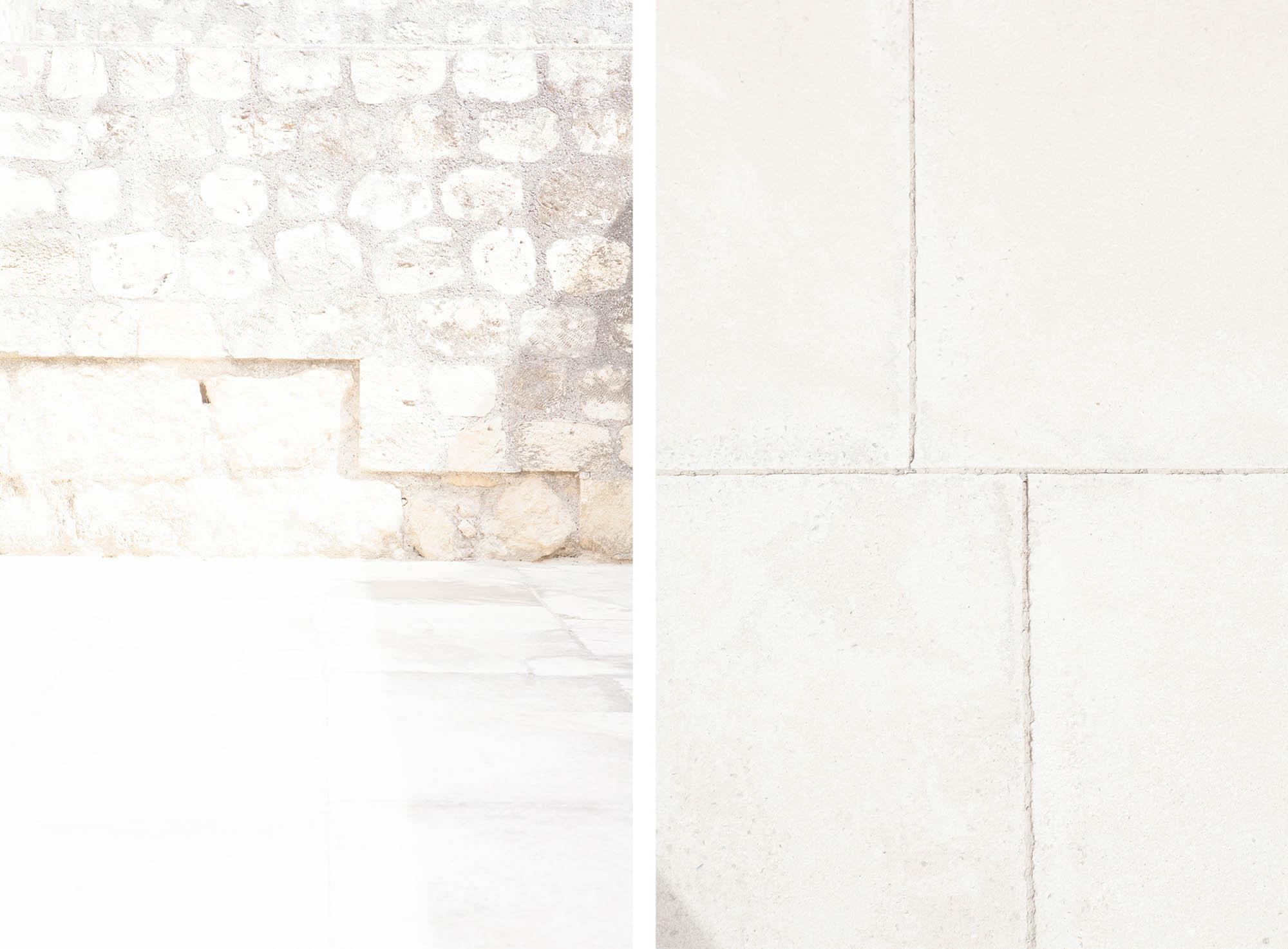
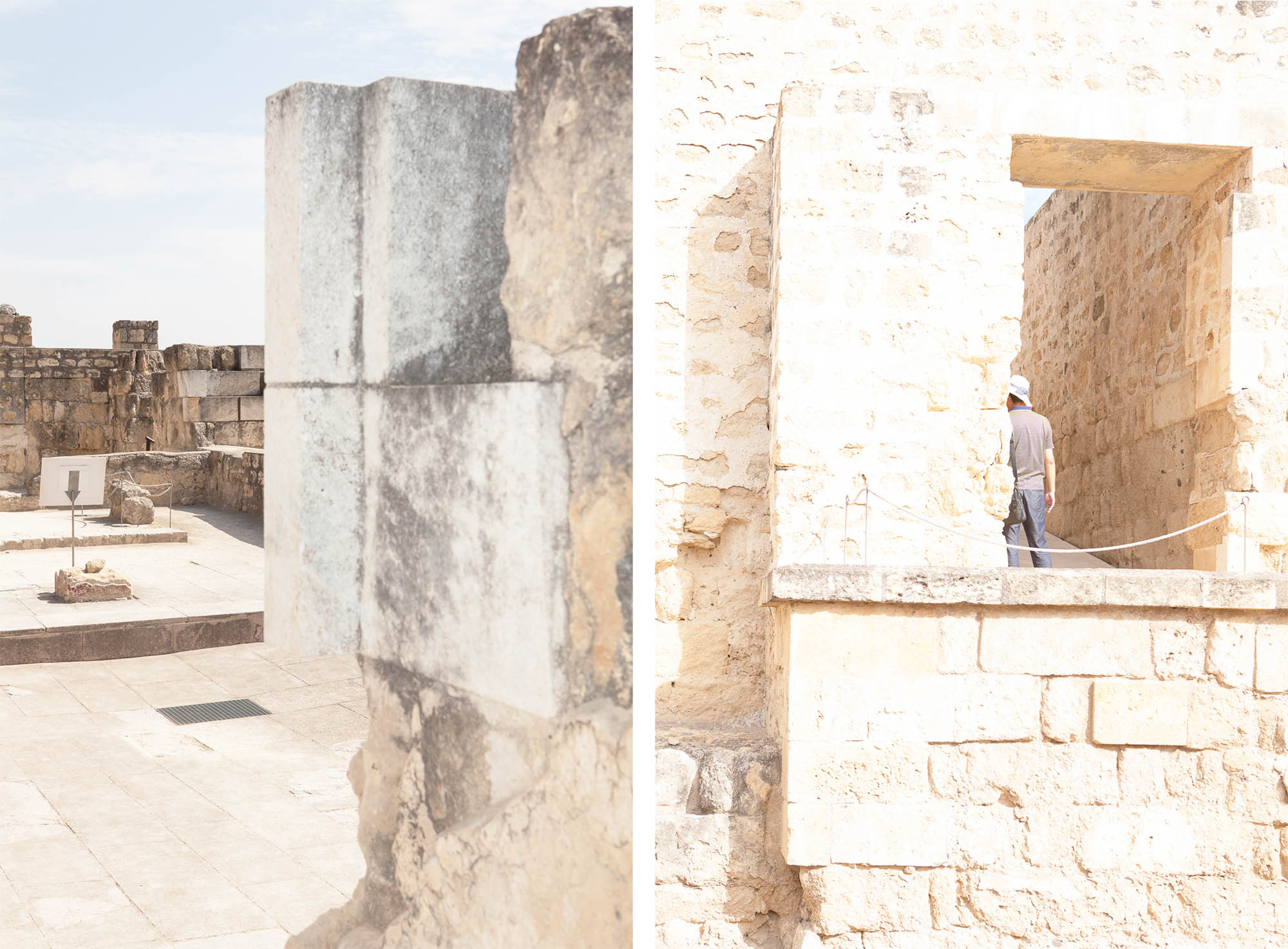
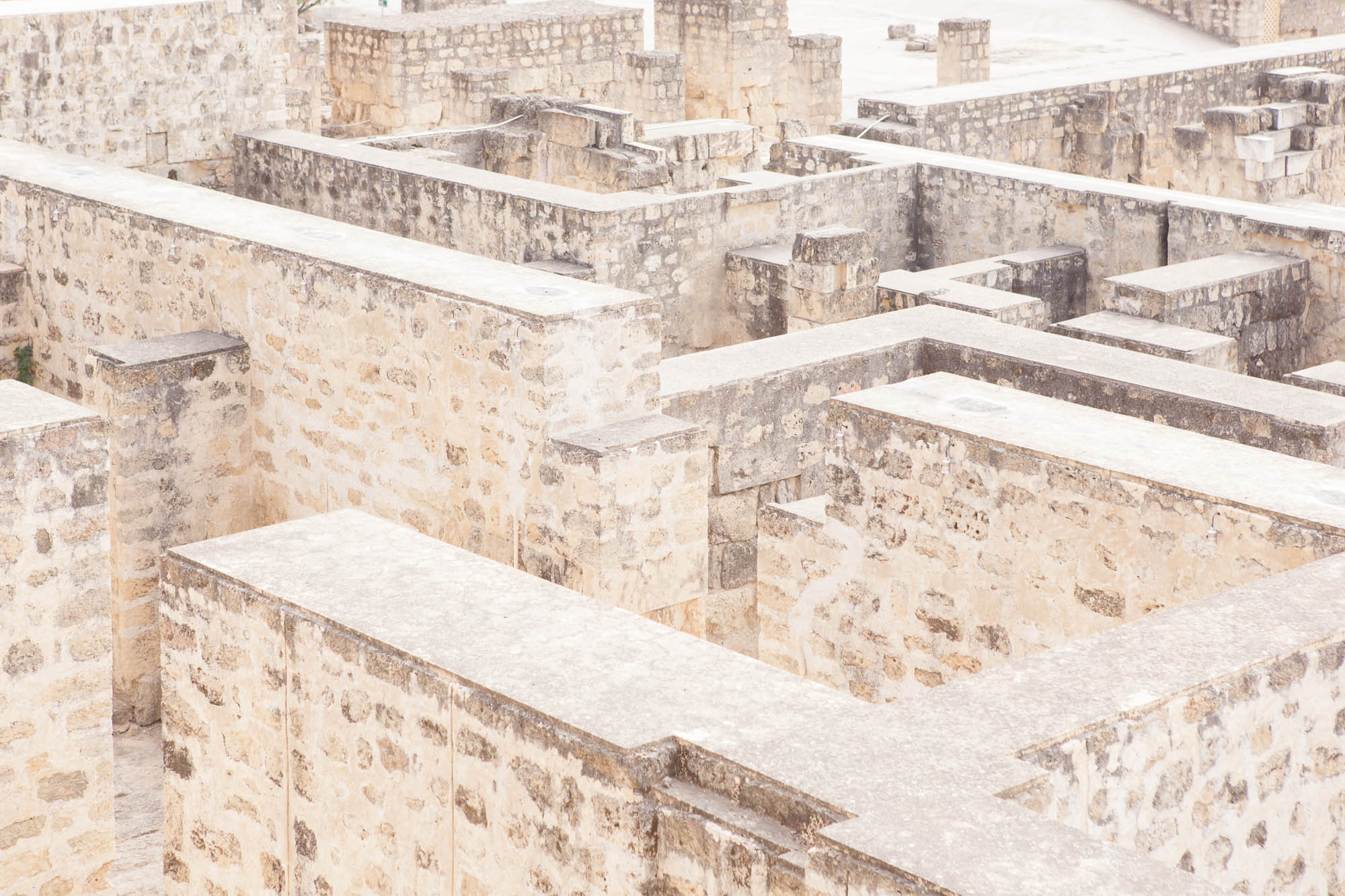
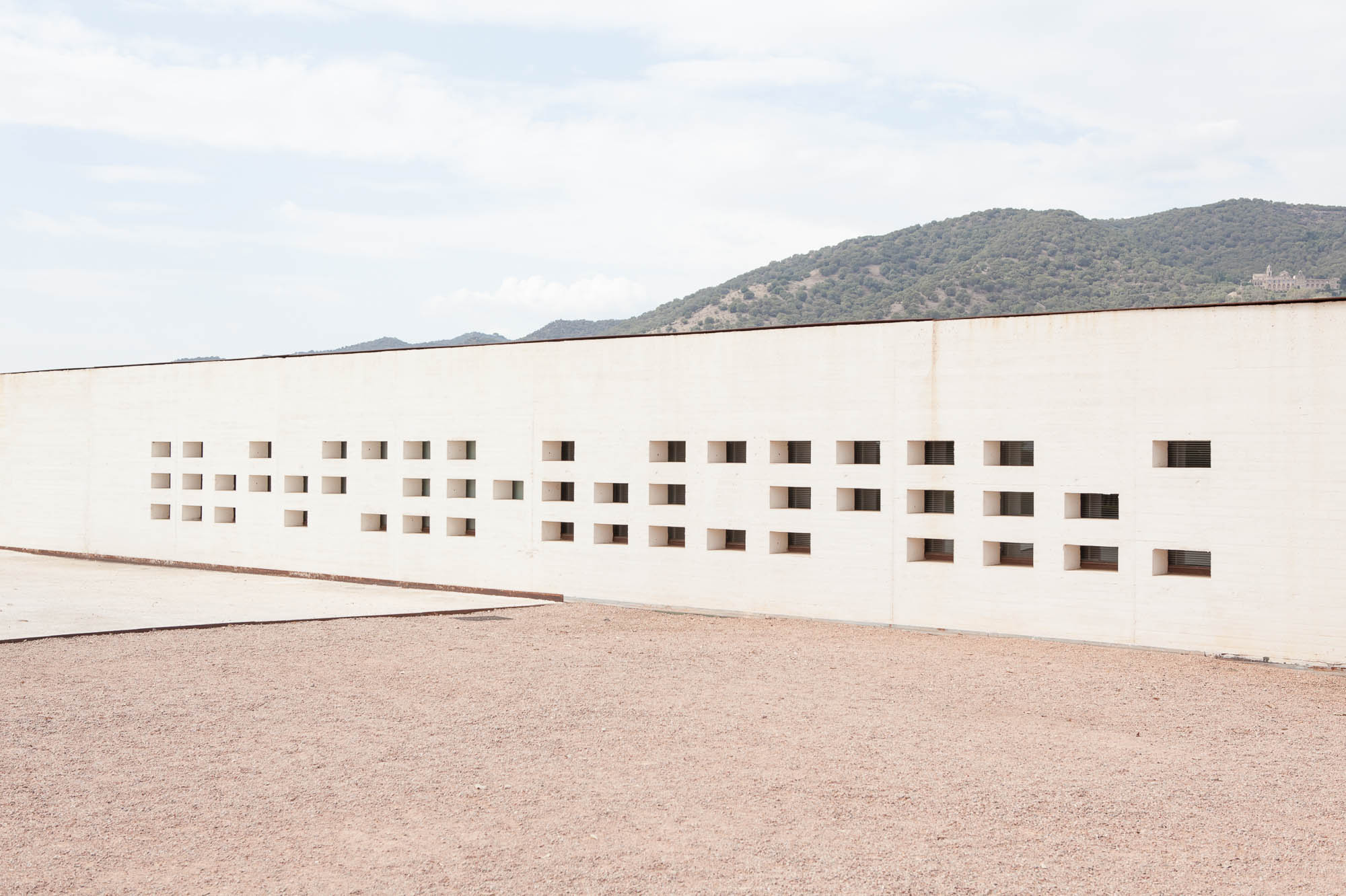
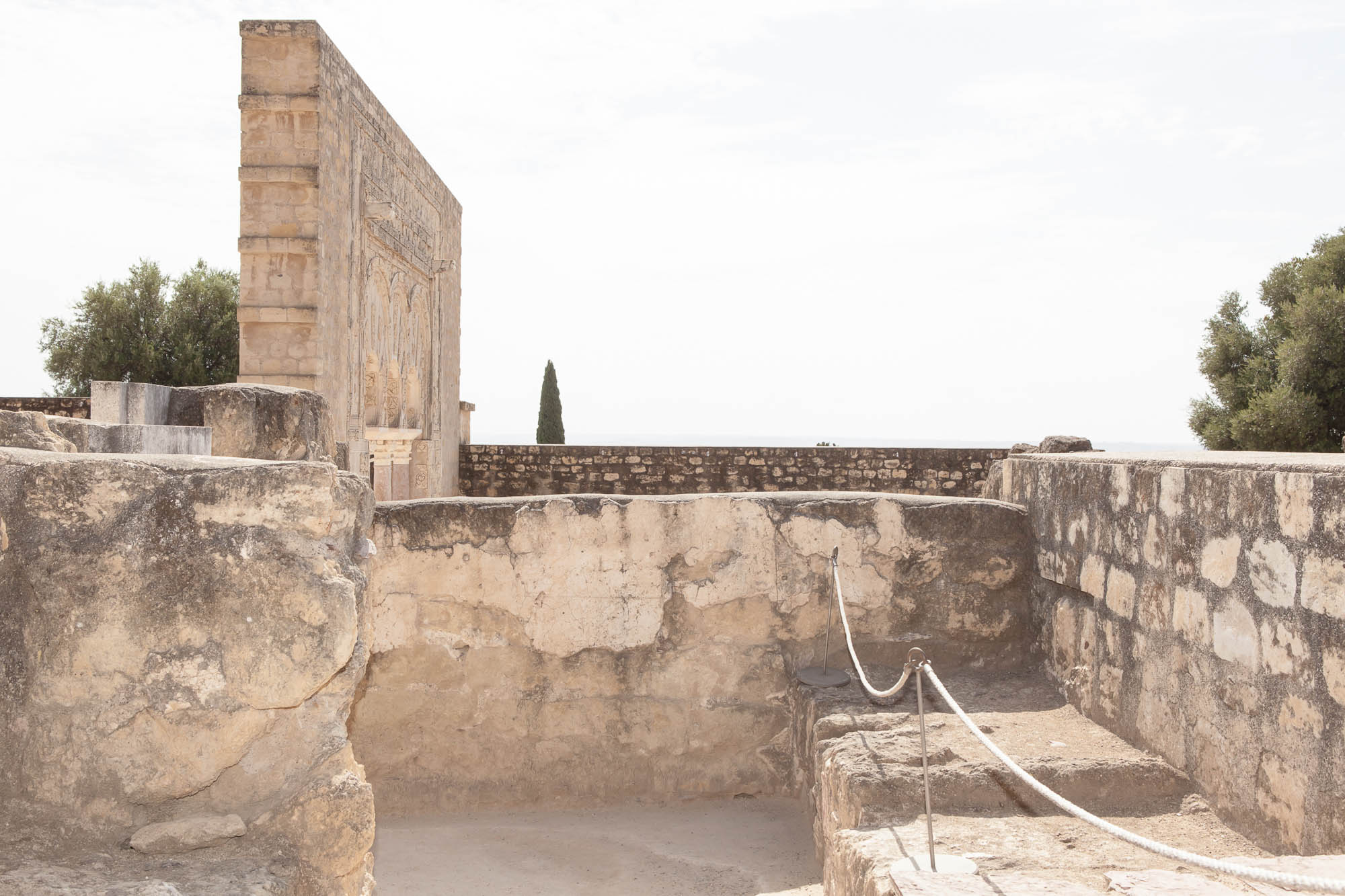
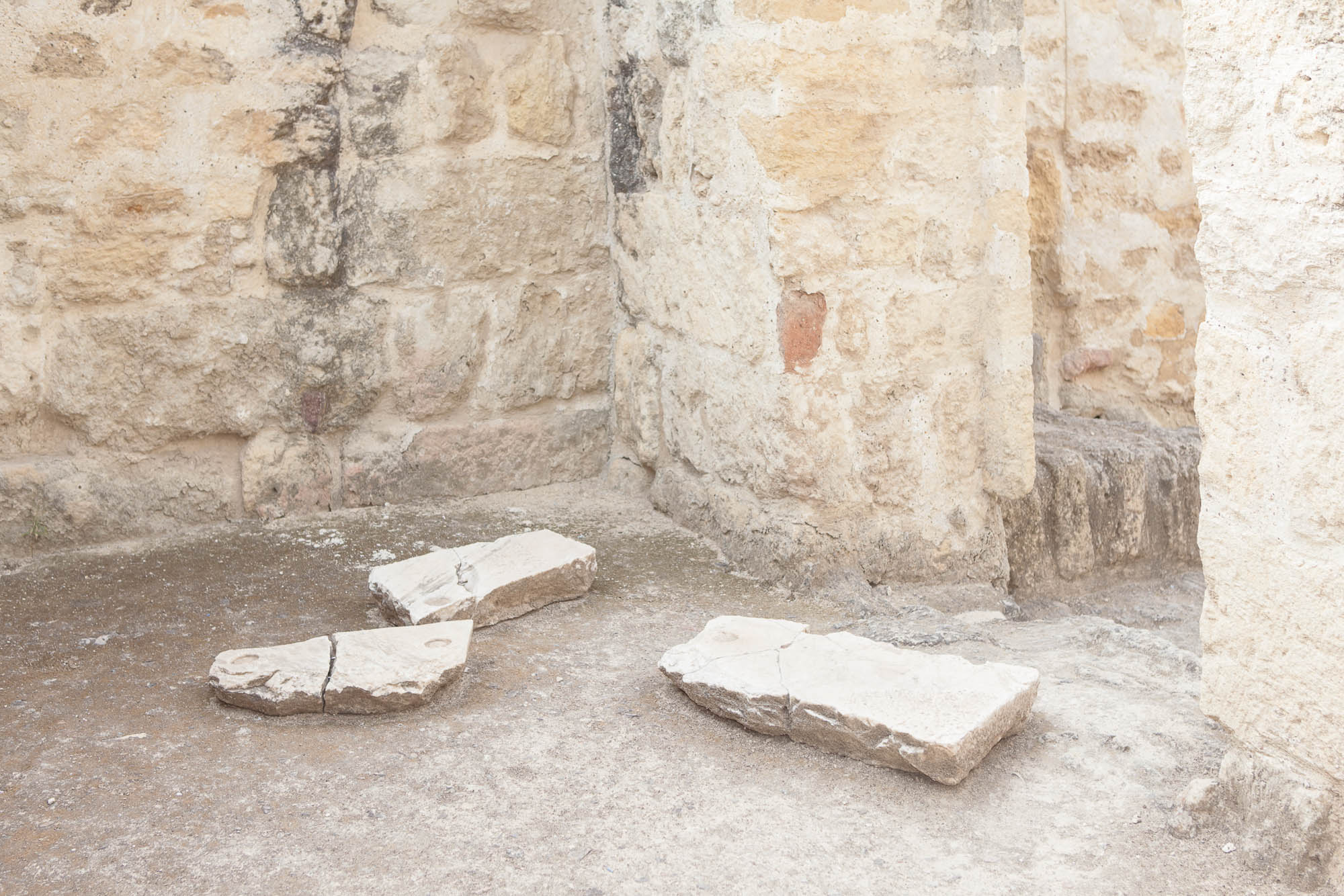
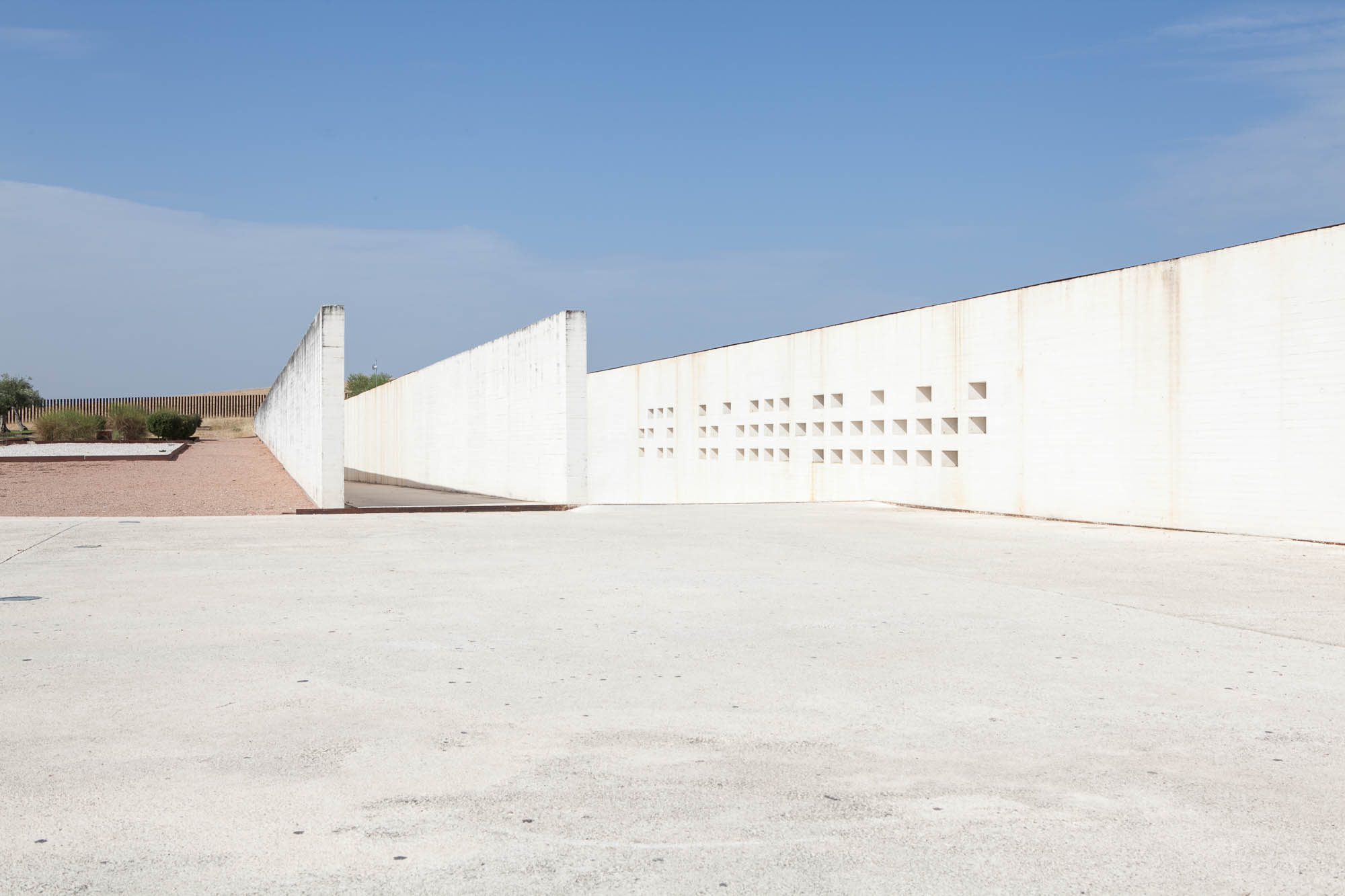
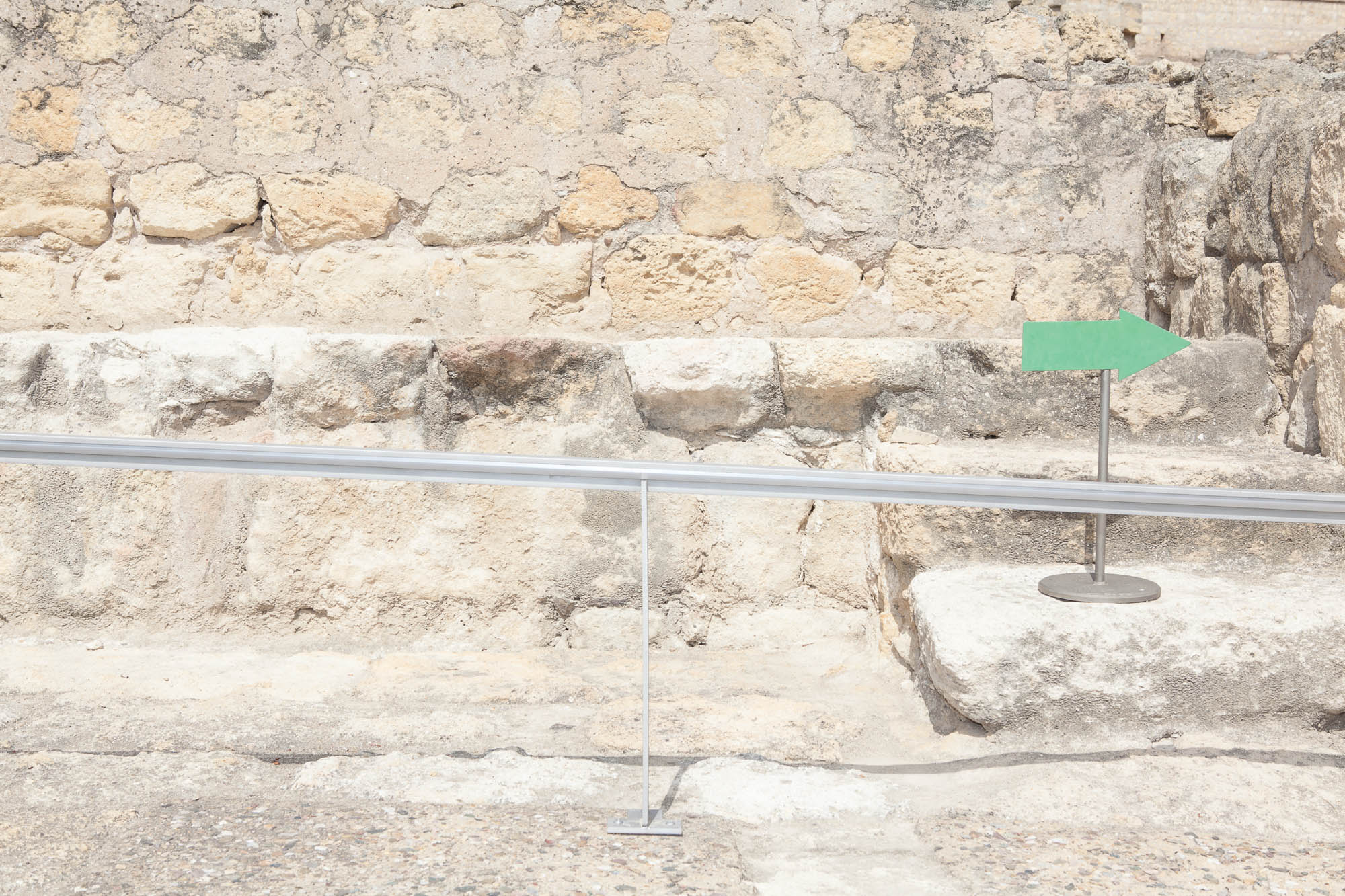
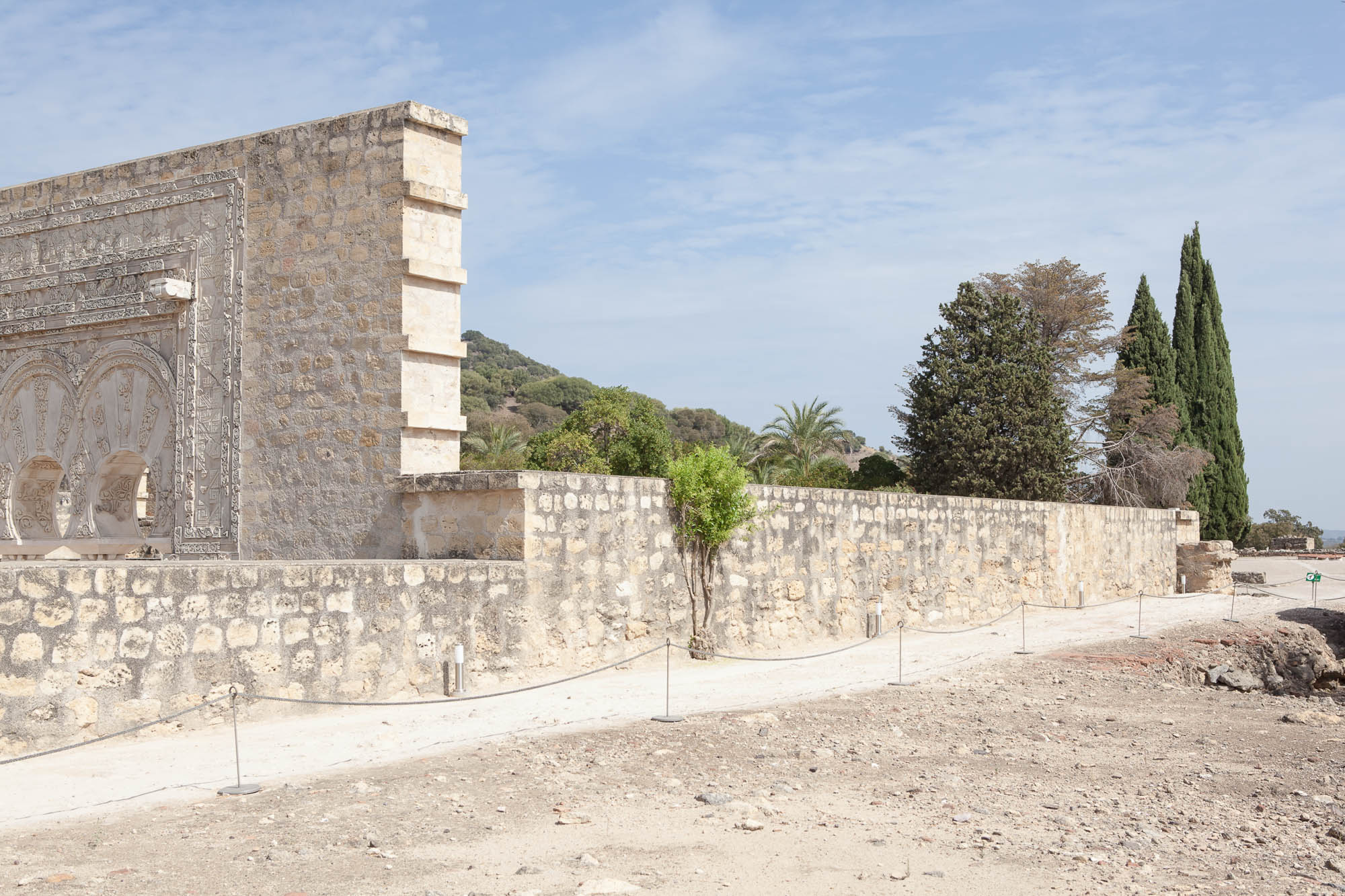
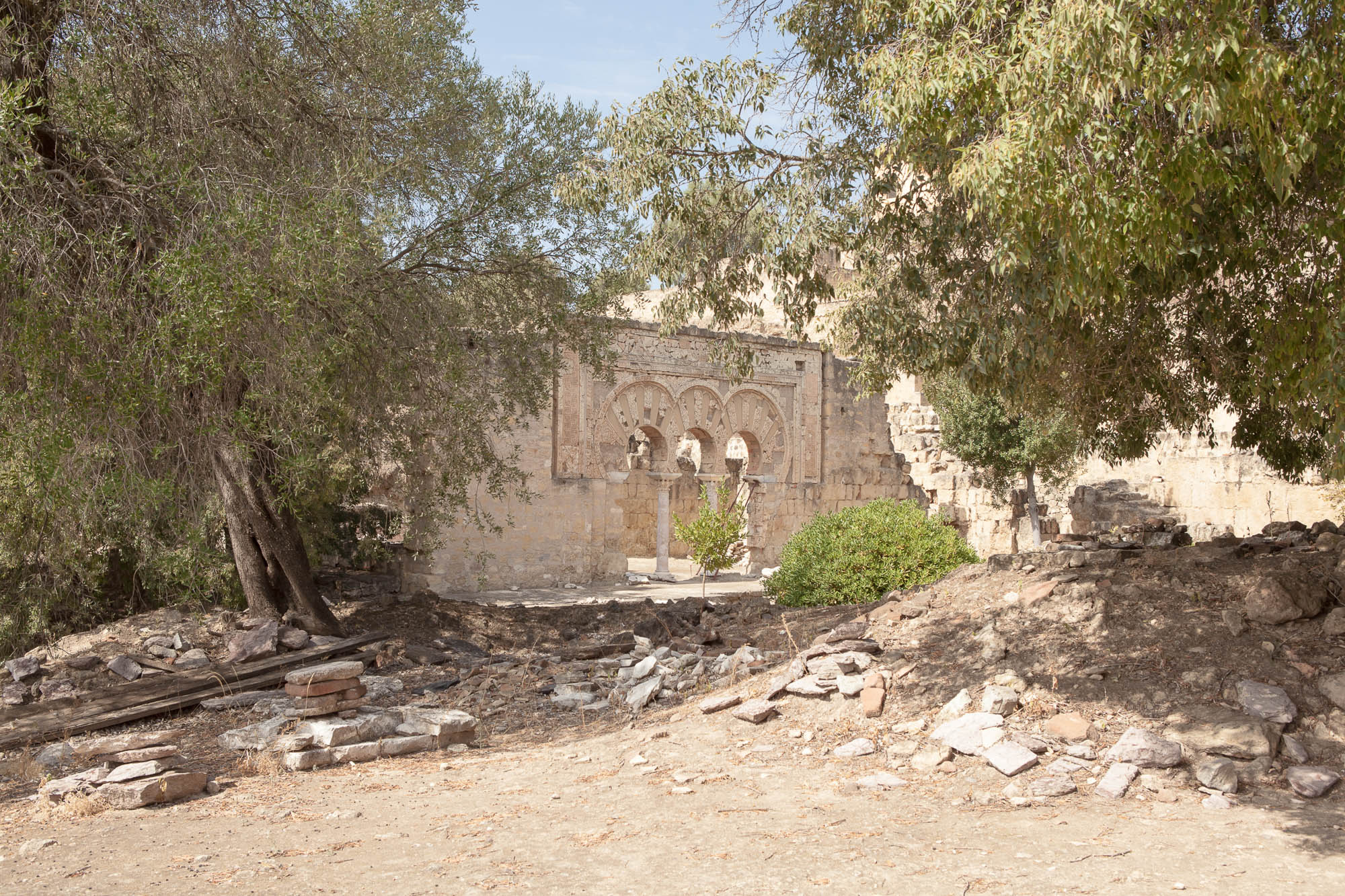
BRILLANTE
Whenever I hear the word «Brillante», in any of its contexts (a brilliant idea, a brilliant guy …) it comes, inexplicably, to my mind that fried calamari baguette that I had in Madrid-Atocha for lunch.
Luckily, my hunger for knowledge sometimes exceeds my insatiable appetite at midday.
It was on a visit to the Archaeological Ensemble of Medina Azahara, when the concept of the word «Brilliant» acquired a new meaning.
According to the legend, the name of the city «Azahara» comes from the best-loved wife of the Caliph Abderramán III, he was so in love with her that he decided to sow almond trees on the mountain side where the palaces were, so that when they bloom and dye the field with white, she wouldn’t miss the snows of Sierra Nevada mountains.
The guide also told us that the old Arabic name of «Madinat al-Zahra» (the bright city «or» the shining city «) was a symbol of the power that the new caliph wanted to show to his rivals and enemies.
White Portuguese marble of Estremoz in each corner, the city outside whitewashed walls in nuclear white, the white almond trees, the white columns, the stuccoed walls in white, white, white, white, …
This obsession for light, the white, pure, broken, the resplendent, the dazzling, the brilliant … made me approach this photographic project as a progressive search towards light, starting from images / landscapes with standard or right lighting exposition in order to reach extreme overexposures where the goal is none other than a blinding light that floods everything away and makes any trace of image disappear.
If our dear Abderramán III, could travel in time and return to walk around his beloved city, I imagine him walking through the gardens and palaces, listening on his smartphone darbukas and cymbals mixed with synthesizers, and of course, wearing proudly his high fashion polarized sunglasses to protect his worn retinas.

